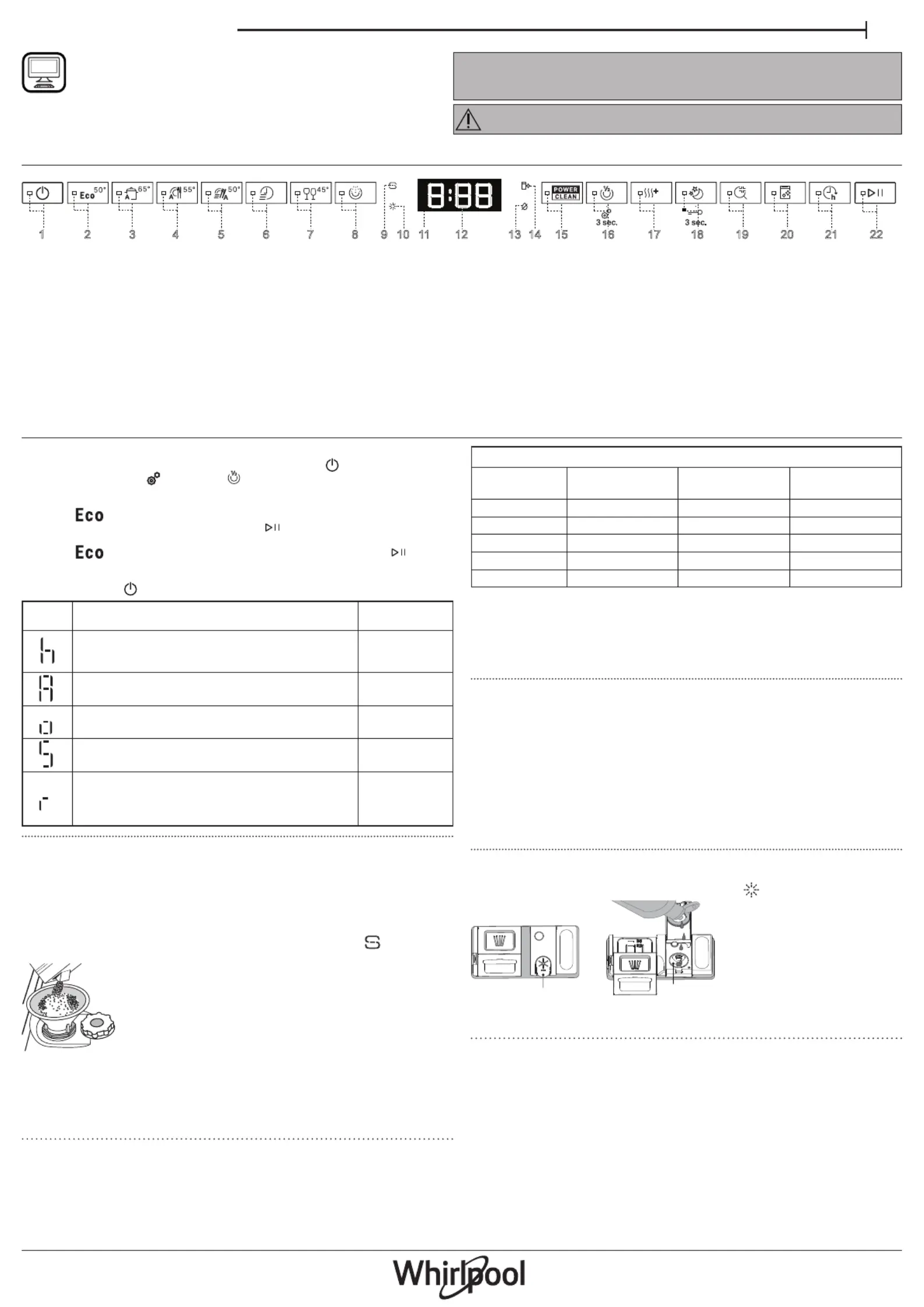Whirlpool WDFS3L5P Manual
Whirlpool
Vaskemaskine
WDFS3L5P
| Mærke: | Whirlpool |
| Kategori: | Vaskemaskine |
| Model: | WDFS3L5P |
Har du brug for hjælp?
Hvis du har brug for hjælp til Whirlpool WDFS3L5P stil et spørgsmål nedenfor, og andre brugere vil svare dig
Vaskemaskine Whirlpool Manualer

16 December 2025

15 November 2025

12 November 2025

9 November 2025

1 November 2025

29 Oktober 2025

10 Oktober 2025

8 Oktober 2025

8 Oktober 2025

26 September 2025
Vaskemaskine Manualer
Nyeste Vaskemaskine Manualer

17 December 2025

17 December 2025

17 December 2025

16 December 2025

16 December 2025

16 December 2025

16 December 2025

16 December 2025

16 December 2025

16 December 2025
